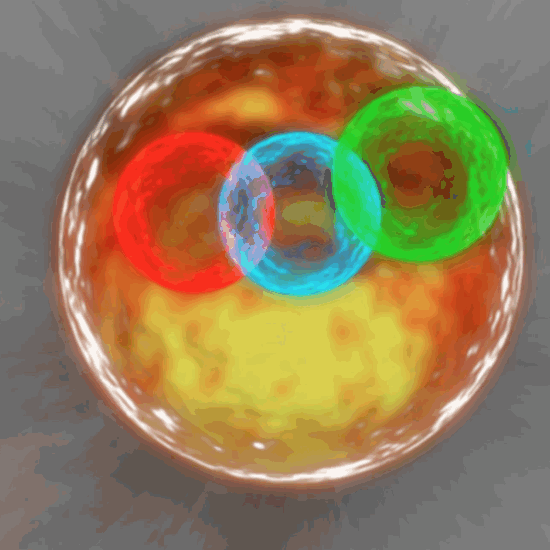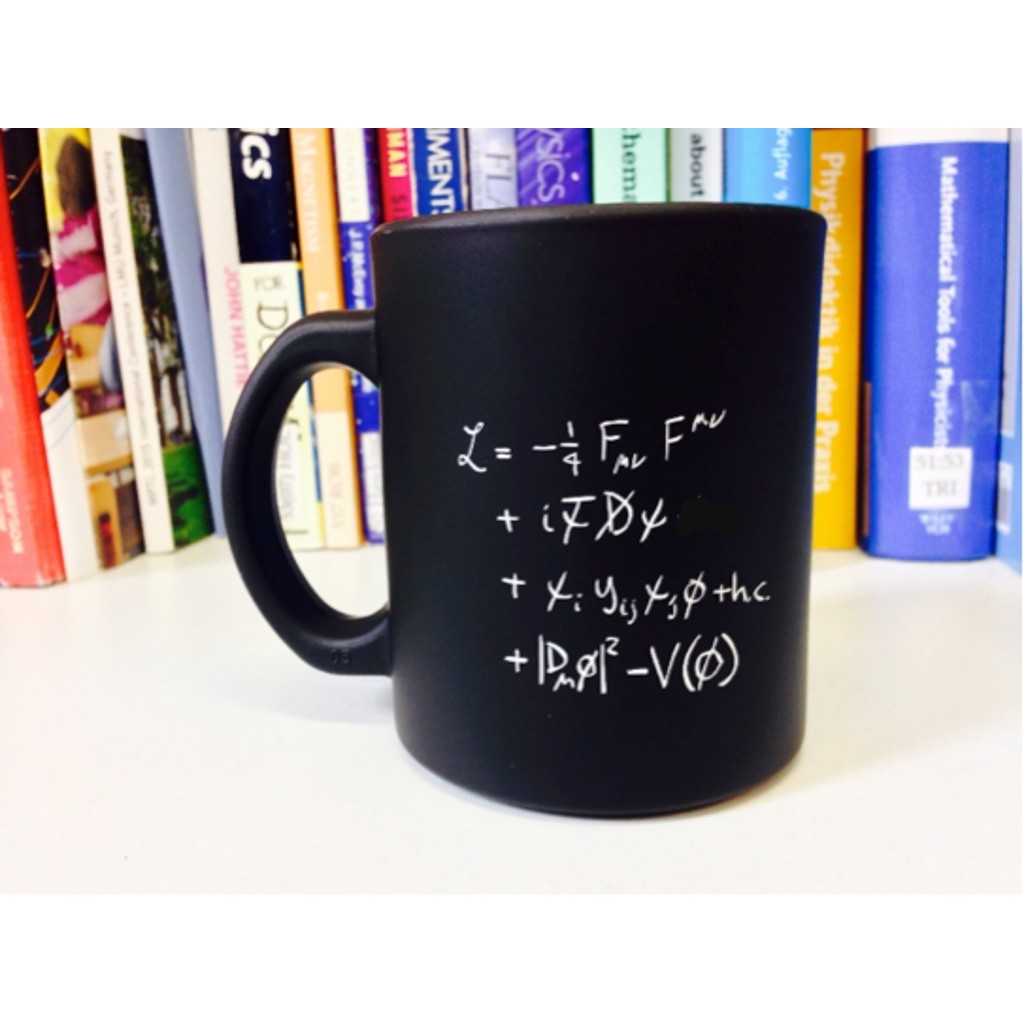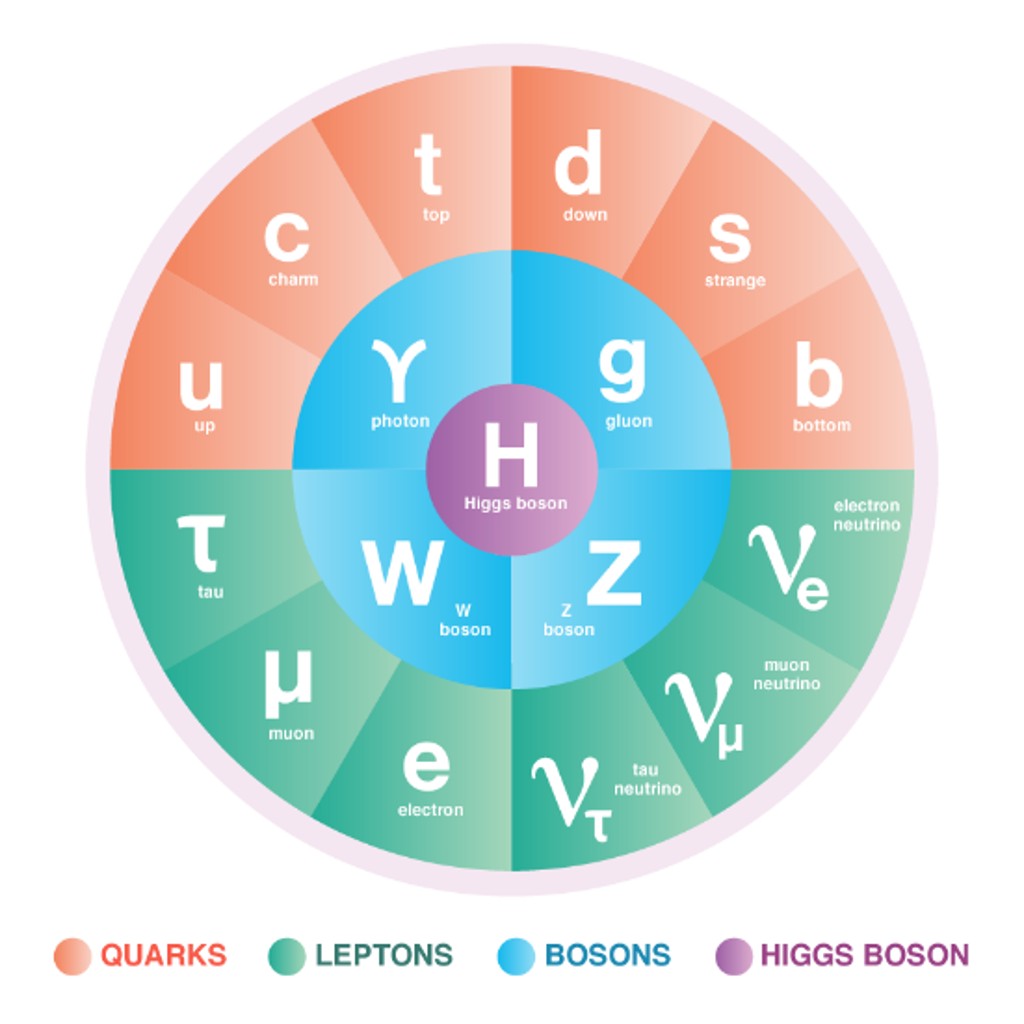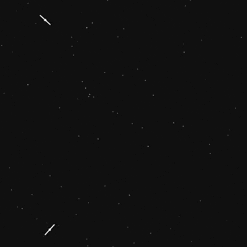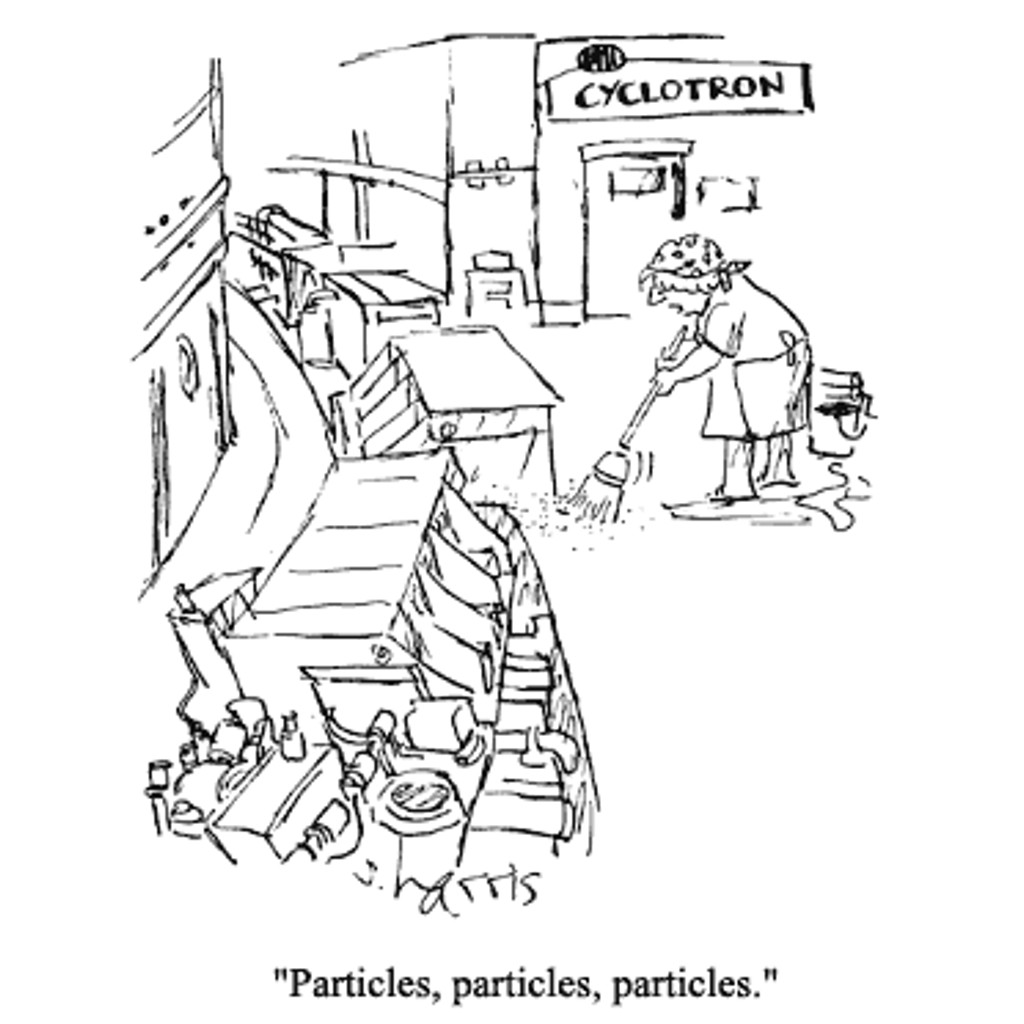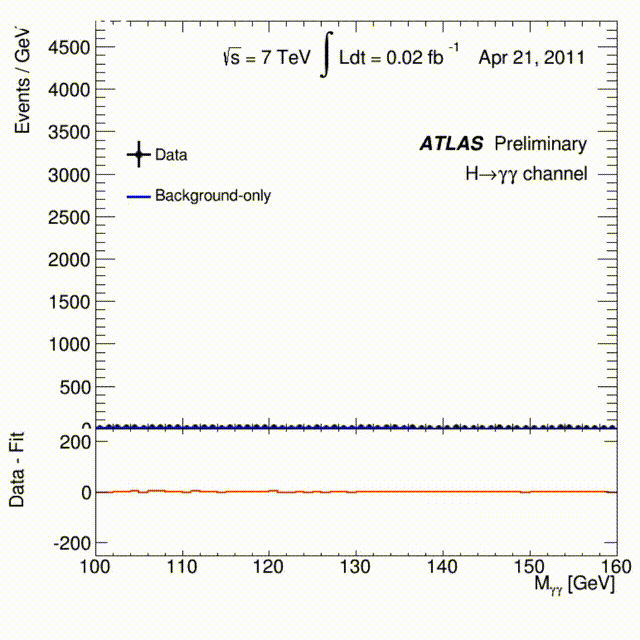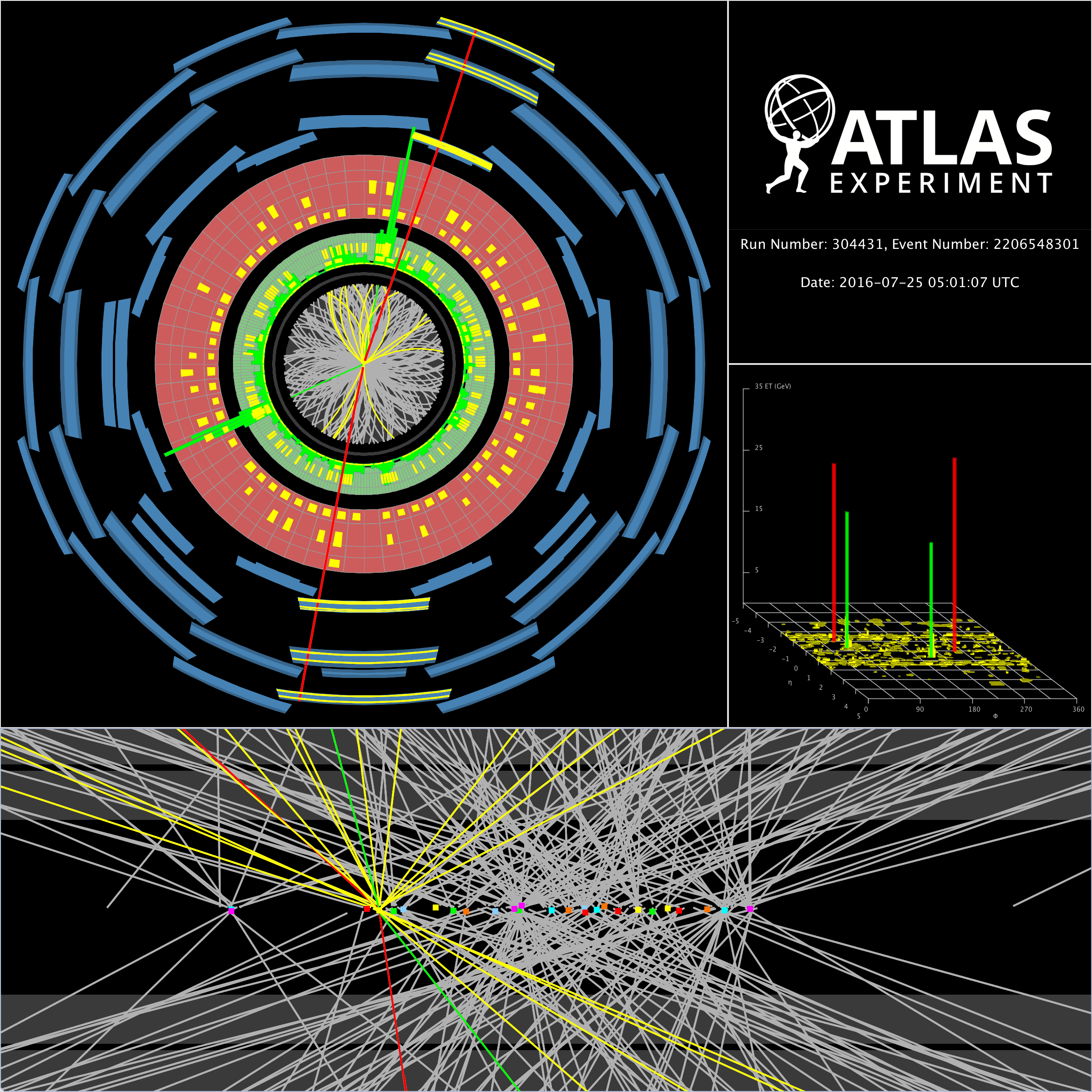Particle Physics Phenomenology Group
Welcome! We do research in theoretical high-energy physics. We are interested in a broad range of topics, and especially the phenomenology of particle physics beyond the Standard Model. Currently we focus on studies relevant to the experiments at the Large Hadron Collider (LHC) at CERN, which is collecting more and more data.

Education
Bar-Ilan University (B.Sc., M.Sc.)
Harvard University (A.M., Ph.D.)
Postdoctoral experience
2010–2013 Rutgers
2013–2016 Weizmann Institute
2016–2017 CERN
Selected research topics
Machine learning strategies for LHC data analysis
The LHC is the most powerful particle accelerator operating today. Colliding protons with a center-of-mass energy of 13 TeV, it is sensitive to physics at the shortest distance scales that we can currently access experimentally. It has the potential to provide answers to some of the open questions of particle physics or reveal new surprises. The random nature of the collision processes and the complexity of the final states (which typically include hundreds of particles) necessitate a significant data analysis effort to extract the underlying information. The most straightforward analysis methods are already well-established and have produced a variety of important results, including the discovery of the Higgs boson. To extract further information, one needs to dig deeper in the data. One of the most natural tools for dealing with complex structures in large amounts of data is machine learning and we have been pursuing several projects in this direction.
In a recent project, we analyzed a potential application of a machine learning technique to identify, in a largely model-independent and simulation-independent fashion, anomalous jets whose origin might not be a quark or gluon but physics beyond the Standard Model.
Searching for dark jets with displaced vertices using weakly supervised machine learning
Debjyoti Bardhan, Yevgeny Kats, Noam Wunch
Phys. Rev. D 108, 035036 (2023); arXiv:2305.04372 [hep-ph]
In another project we proposed several machine learning strategies to search for new physics signals in wavelet transforms of kinematic distributions.
Searching for periodic signals in kinematic distributions using continuous wavelet transforms
Hugues Beauchesne, Yevgeny Kats
Eur. Phys. J. C 80 (2020) 192; arXiv:1907.03676 [hep-ph]
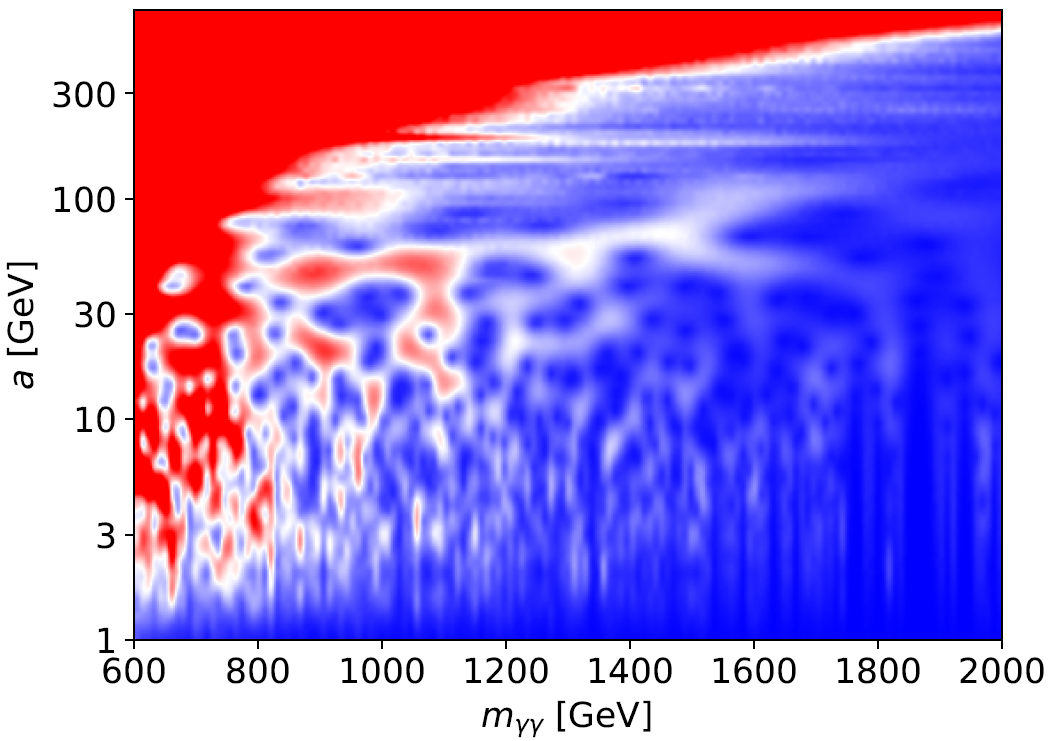
The ATLAS Collaboration has recently performed such a search in collaboration with us:
Search for periodic signals in the dielectron and diphoton invariant mass spectra using 139/fb of pp collisions at 13 TeV with the ATLAS detector
ATLAS Collaboration
JHEP 10 (2023) 079; arXiv:2305.10894 [hep-ex]
Methods for ATLAS and CMS to measure quark polarizations
While it’s easy for the LHC detectors to reconstruct the momentum of an energetic quark by measuring the jet it produces, there is no straightforward way to determine the quark’s polarization. We have pointed out that it is actually possible. For the bottom and charm quarks, which are heavy relative to the QCD scale, the polarization is expected to be largely preserved when they hadronize into the Λb and Λc baryons, respectively. With collaborators from CMS, we analyzed how such measurements can be done using various decays of these baryons.
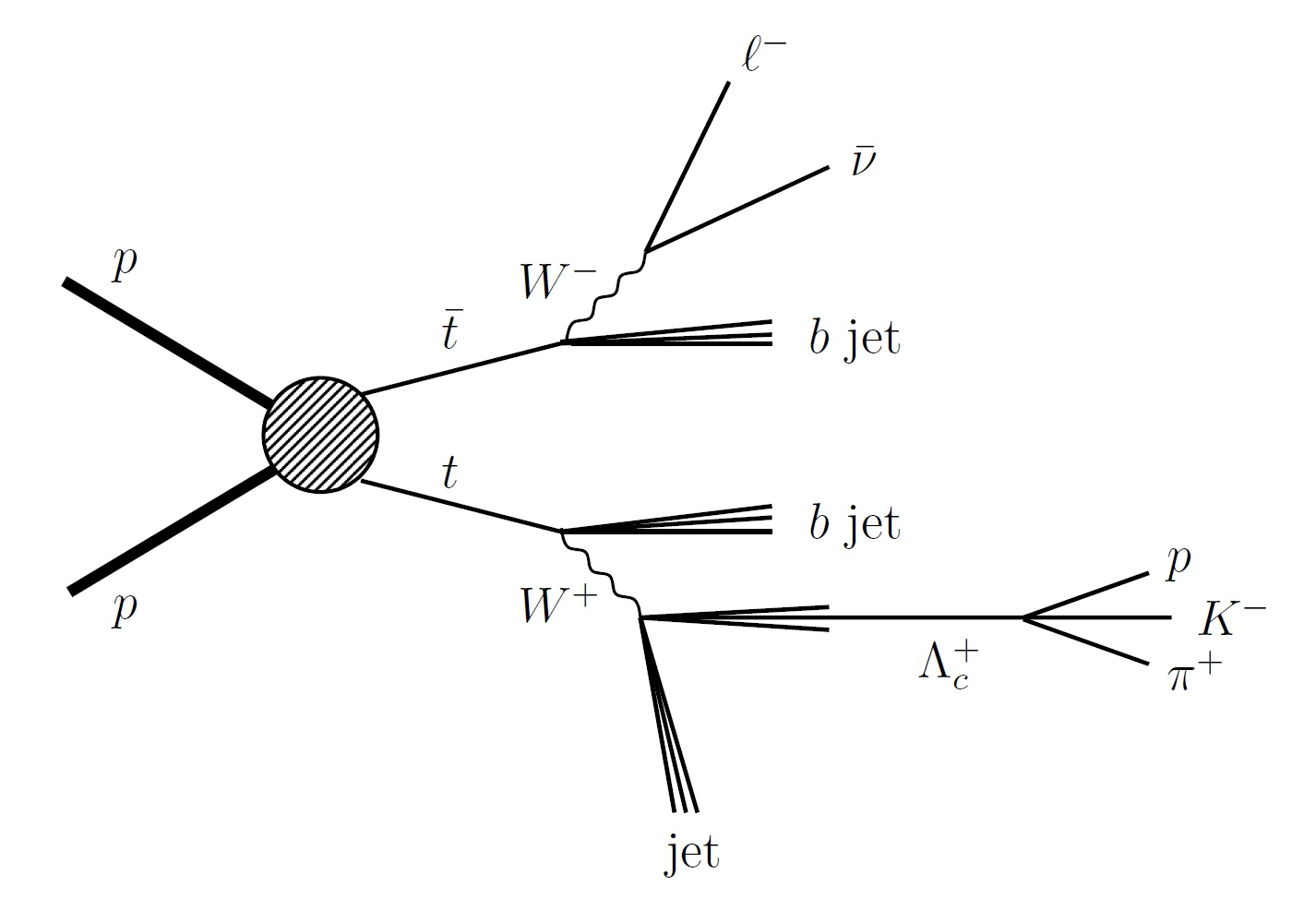
The most interesting application would be characterization of new physics processes producing bottom or charm quarks. While new physics is yet to be discovered, we motivated a set of Standard Model analyses for ATLAS, CMS, LHCb, BaBar and Belle that would help calibrate the polarization measurements.
Heavy baryons as polarimeters at colliders
Mario Galanti, Andrea Giammanco, Yuval Grossman, Yevgeny Kats, Emmanuel Stamou, Jure Zupan
JHEP 11 (2015) 067; arXiv:1505.02771 [hep-ph]
Measuring c-quark polarization in W+c samples at ATLAS and CMS
Yevgeny Kats
JHEP 11 (2016) 011; arXiv:1512.00438 [hep-ph]
For the strange quark, the heavy-quark approximation cannot be used. However, it is known from experiments at LEP that Λ baryons in fact preserve much of the strange-quark polarization. The Σ+ baryons are interesting as well, since they can provide information about polarization of both strange and up quarks. In the following papers we motivate studies in top-quark samples in ATLAS and CMS that would probe these effects.
Measuring polarization of light quarks at ATLAS and CMS
Yevgeny Kats
Phys. Rev. D 92, 071503(R) (2015); arXiv:1505.06731 [hep-ph]
Kinked tracks from Σ+ baryons as a probe of light quark polarizations
Yevgeny Kats
JHEP 07 (2023) 018; arXiv:2301.06188 [hep-ph]
Summaries of part of our proposals can be found in the conference proceedings arXiv:1601.07462 [hep-ph] and arXiv:1805.02957 [hep-ph].
Phenomenology of the clockwork solution to the hierarchy problem
One of the big mysteries in our understanding of particle physics is how the electroweak scale (~ 100 GeV) is stabilized at a value much lower than the apparent fundamental scale of the theory, the Planck scale (~ 1019 GeV). The linear dilaton geometry in five dimensions, rediscovered recently as a continuum limit of the clockwork mechanism, offers a solution to the electroweak-Planck hierarchy problem that is qualitatively different from scenarios with warped (Randall-Sundrum) or large flat extra dimensions. We have explored the collider signatures of this scenario, and found that some of them motivate modified or entirely new analyses of the LHC data.
Clockwork / linear dilaton: structure and phenomenology
Gian F. Giudice, Yevgeny Kats, Matthew McCullough, Riccardo Torre, Alfredo Urbano
JHEP 06 (2018) 009; arXiv:1711.08437 [hep-ph]
The most interesting signatures involve:
– Periodic peaks in the diphoton and dielectron mass spectra, i.e. a peak in the Fourier space.
– Turn-on of the diphoton and dilepton spectra at a low mass.
– Resonant production of somewhat long-lived light particles.
– Multi-object final states, possibly containing displaced objects.
– Rare multi-lepton and multi-photon final states.
Implications of results from colliders on theoretical models
Measurements and new-physics searches from the LHC can be re-used for examining the viability of new physics scenarios other than those for which they were originally designed. Determining the status of those scenarios involves simulating the relevant physical process, the resulting signatures in the detectors, and the analysis done in the experimental studies. As a welcome by-product, we identify general gaps in the experimental coverage of potential new physics signatures.
In one such project, our goal was to clarify the experimental status of supersymmetry as a natural explanation for the electroweak symmetry breaking scale. Besides requiring the existence of a light superpartner (as at least the higgsino is expected to be light), and a gluino within the kinematic range of the 8 TeV LHC, we have kept our analysis quite general, allowing for arbitrary departures from any minimal model of supersymmetry. We were able to argue that gluino decays always give rise to either a significant amount of missing energy and/or frequently produce top quarks and/or large jet multiplicity, to the extent that they are covered by a certain class of LHC searches in each case. We have found that gluinos are almost always excluded up to masses above 1 TeV. We have also identified several (rather contrived) classes of scenarios in which the limits are weaker, and proposed strategies for addressing these gaps.
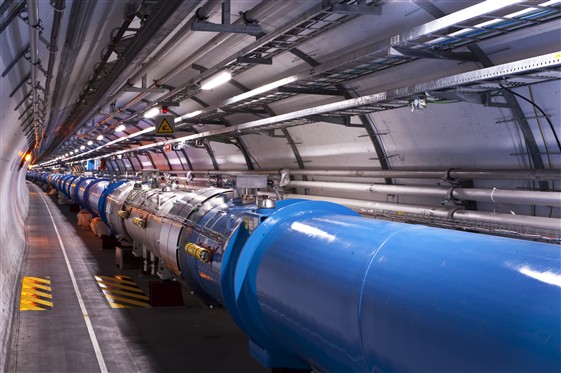
Toward Full LHC Coverage of Natural Supersymmetry
Jared A. Evans, Yevgeny Kats, David Shih, Matthew J. Strassler
JHEP 07 (2014) 101; arXiv:1310.5758 [hep-ph]
In an earlier work, motivated by the lack of any signals in supersymmetry searches based on missing energy, we have addressed the status of more general models of supersymmetry, those that do not assume R-parity. As a compromise between minimizing the fine-tuning of the electroweak symmetry breaking scale, and the apparent absence of significant production of colored superpartners, we considered scenarios in which the only light colored superpartners are the third-generation squarks (and in particular, one of the stops). We constructed a set of simplified models that span the parameter space of the R-parity violating couplings and the mediators through which the stop may decay. We derived limits on these models using a complete set of potentially relevant recent LHC searches. We then looked into the least constrained scenarios in more detail and suggested several ideas for search methods that may allow addressing many of them.
LHC Coverage of RPV MSSM with Light Stops
Jared A. Evans and Yevgeny Kats
JHEP 04 (2013) 028; arXiv:1209.0764 [hep-ph]
In another project, we surveyed multiple representative slices of the parameter space of supersymmetry (with conserved R-parity) broken via gauge mediation. Using a set of analyses based on 1/fb of 7 TeV LHC data we derived limits on the superpartner masses in the various scenarios. In several cases we suggested ways in which the reach of the LHC searches could be improved. Among our most interesting results were constraints, or the possibility to constrain, scenarios with direct production of sbottoms or stops, or electroweak production.
The status of GMSB after 1/fb at the LHC
Yevgeny Kats, Patrick Meade, Matthew Reece, David Shih
JHEP 02 (2012) 115; arXiv:1110.6444 [hep-ph]
Yet earlier, we have studied the possibility for the stop to be very light, even lighter than the top quark, in a scenario where it is the NLSP that decays to a W, b and gravitino. Based on Tevatron and LHC top-quark cross section measurements in various channels and searches in top-like samples, we have found that the stop could still be as light as 150 GeV.
Light stop NLSPs at the Tevatron and LHC
Yevgeny Kats and David Shih
JHEP 08 (2011) 049; arXiv:1106.0030 [hep-ph]
Discovering or characterizing new colored particles using their QCD bound states
including the simplest explanation for the 750 GeV diphoton excess (RIP)
In any extension of the Standard Model with pair-produced colored particles, they would sometimes form a QCD bound state with each other when produced close to threshold. As long as they have no unsuppressed 2-body decays, the bound particles will typically annihilate into a pair of Standard Model particles rather than decay in their usual way. Such processes give rise to resonances in the invariant mass distributions of the annihilation products, which often include easily measurable objects such as isolated photons or leptons. These signals can provide detailed information about the properties of the new particles. This approach is very general and to a large extent model-independent: it retains its full power regardless of how obscure the usual decay signatures of the particles might be.
A few years ago, we have shown how the mass, spin, electric charge, color representation and additional properties of the new particles can be determined unambiguously by combining information from the dijet, photon+jet, diphoton and dilepton channels of the bound states annihilation. We have also derived limits on new colored particles based on the non-observation of such signals at the 7 TeV LHC. We noted that in some cases, even when dedicated searches for the particles’ decays existed, the bound state signals had greater reach.
Probing Colored Particles with Photons, Leptons, and Jets
Yevgeny Kats and Matthew J. Strassler
JHEP 11 (2012) 097; arXiv:1204.1119 [hep-ph]
More recently, we found that the diphoton excesses reported by ATLAS and CMS near the mass of 750 GeV in the early 13 TeV LHC data could indeed be a bound state annihilation signal of a new colored particle whose direct decays would not have been observed yet.
Resonances from QCD bound states and the 750 GeV diphoton excess
Yevgeny Kats and Matthew J. Strassler
JHEP 05 (2016) 092; arXiv:1602.08819 [hep-ph]
This explanation was very attractive since in the simplest case it involved just a single beyond-the-Standard-Model particle (with mass around 375 GeV) and only renormalizable couplings. This was appealing in view of the general difficulty to account for the excesses in not-overly-contrived versions of the most popular weakly-coupled frameworks beyond the Standard Model, some of which we explored in.
Interpreting a 750 GeV Diphoton Resonance
Rick S. Gupta, Sebastian Jäger, Yevgeny Kats, Gilad Perez, Emmanuel Stamou
JHEP 07 (2016) 145; arXiv:1512.05332 [hep-ph]

While it seems that the 750 GeV excess is not being confirmed by the more recent data, our results on the bound state signals are sufficiently general to be applicable to interpreting other resonant excesses that might appear in the future. Our earlier works on the topic are:
Annihilation decays of bound states at the LHC
Yevgeny Kats and Matthew D. Schwartz
JHEP 04 (2010) 016; arXiv:0912.0526 [hep-ph]
Distinguishing spins at the LHC using bound state signals
Dilani Kahawala and Yevgeny Kats
JHEP 09 (2011) 099; arXiv:1103.3503 [hep-ph]



